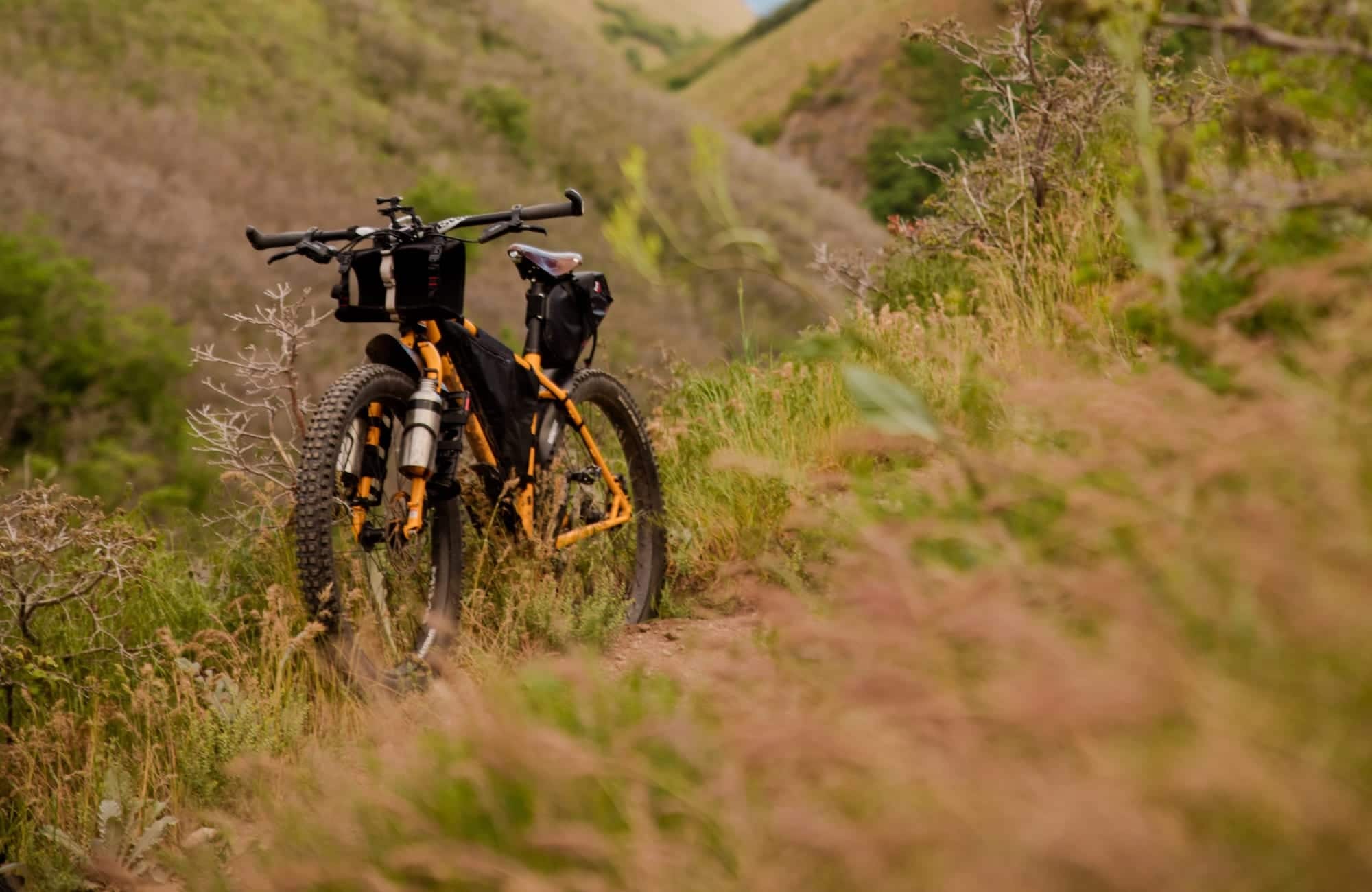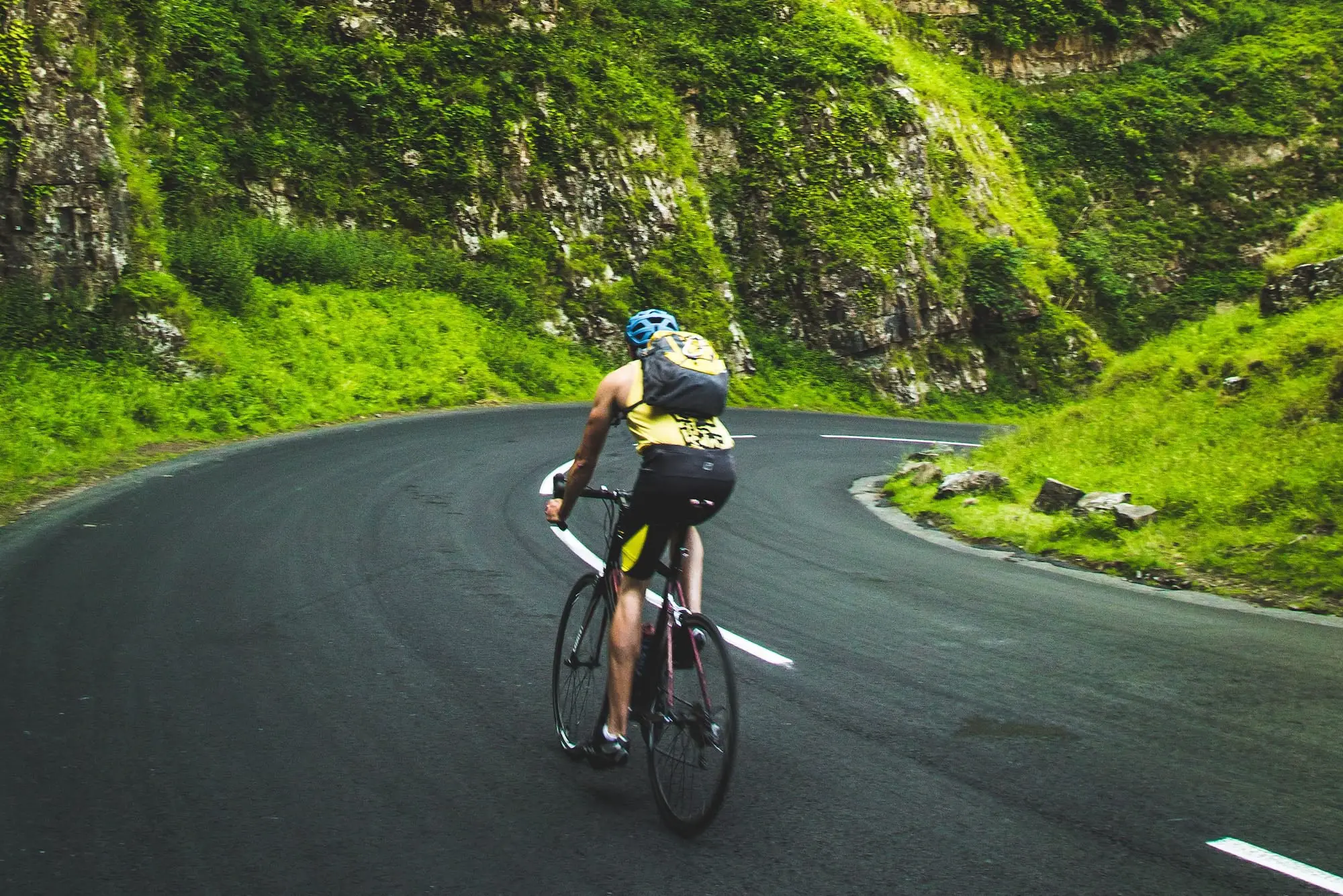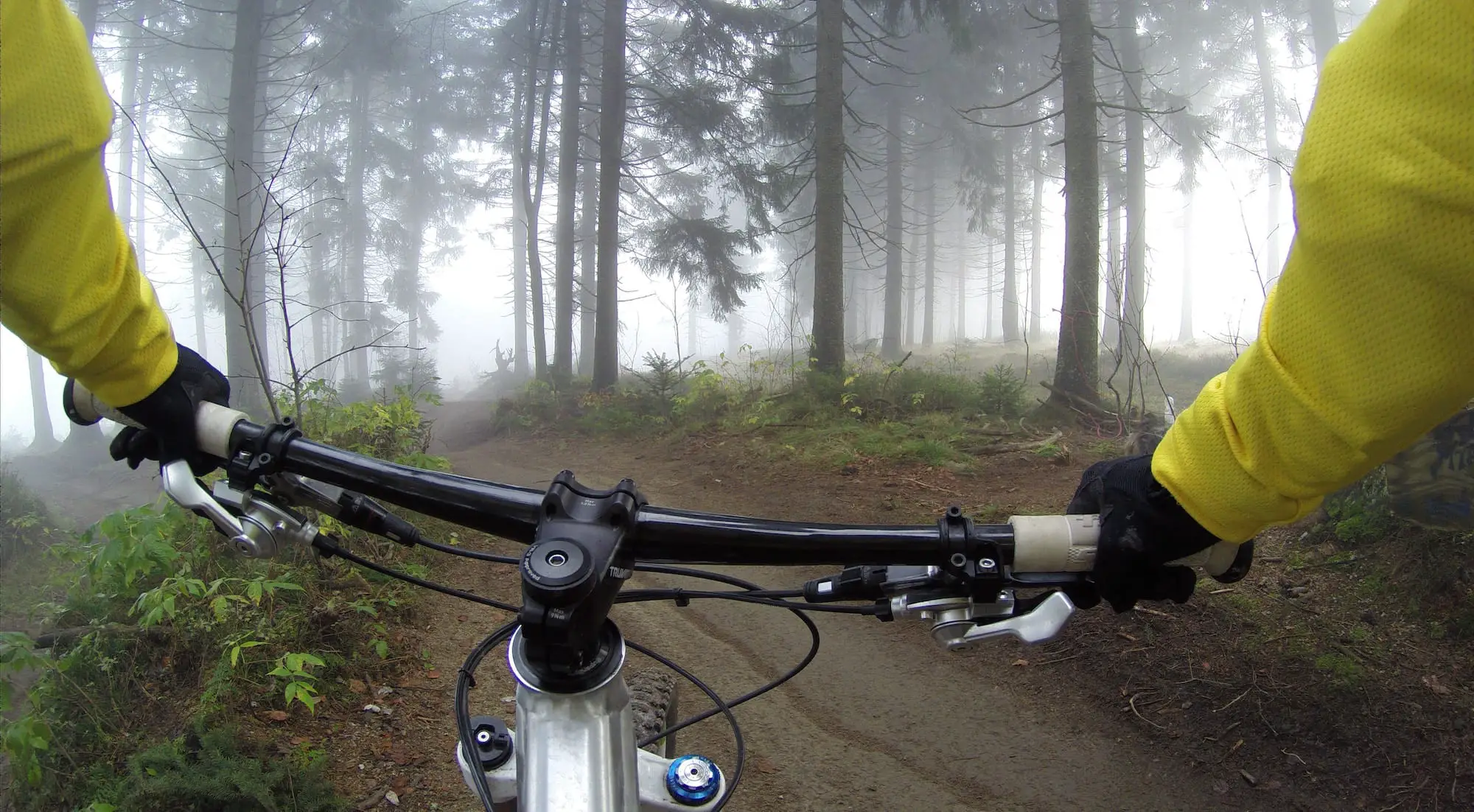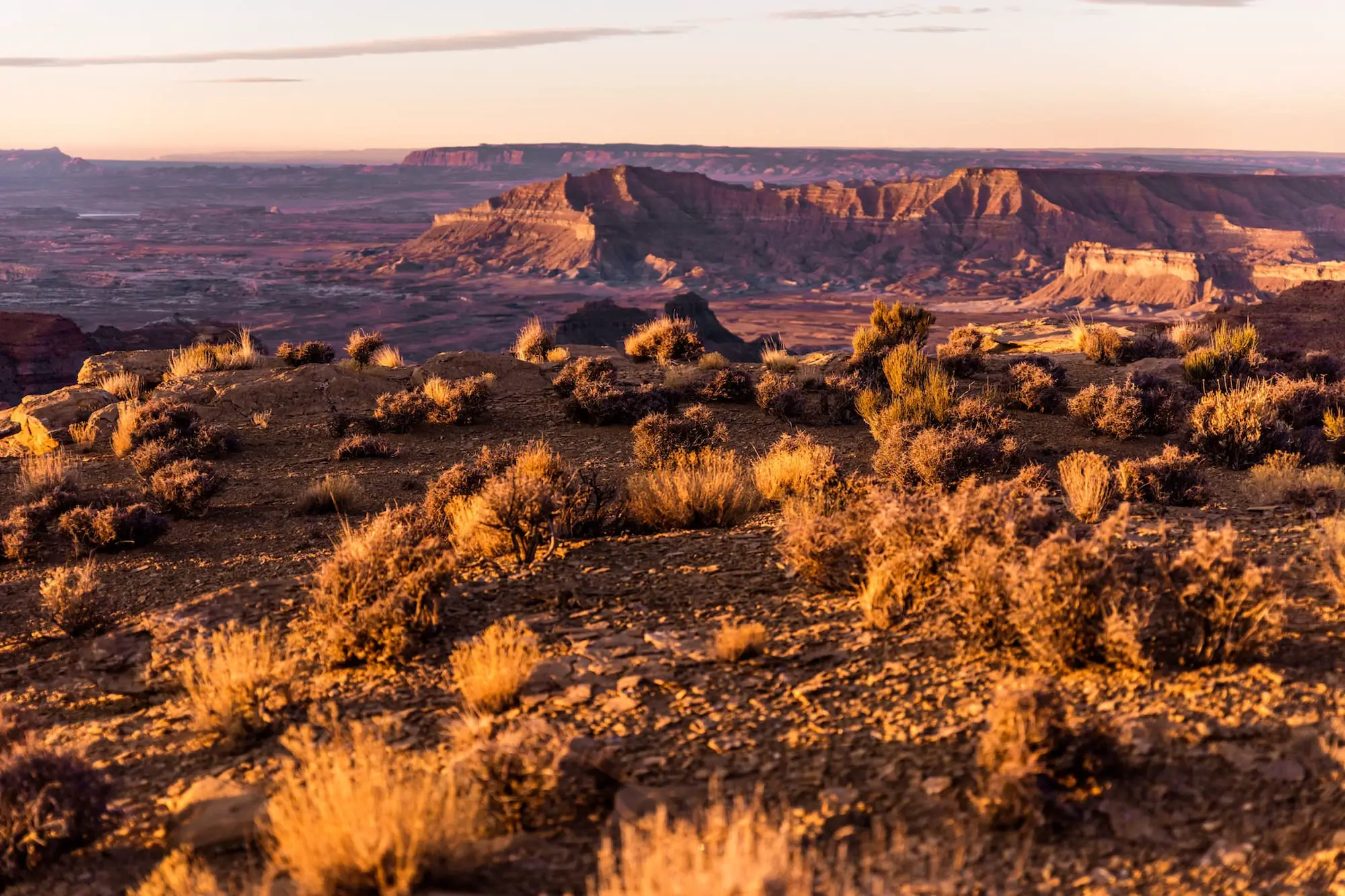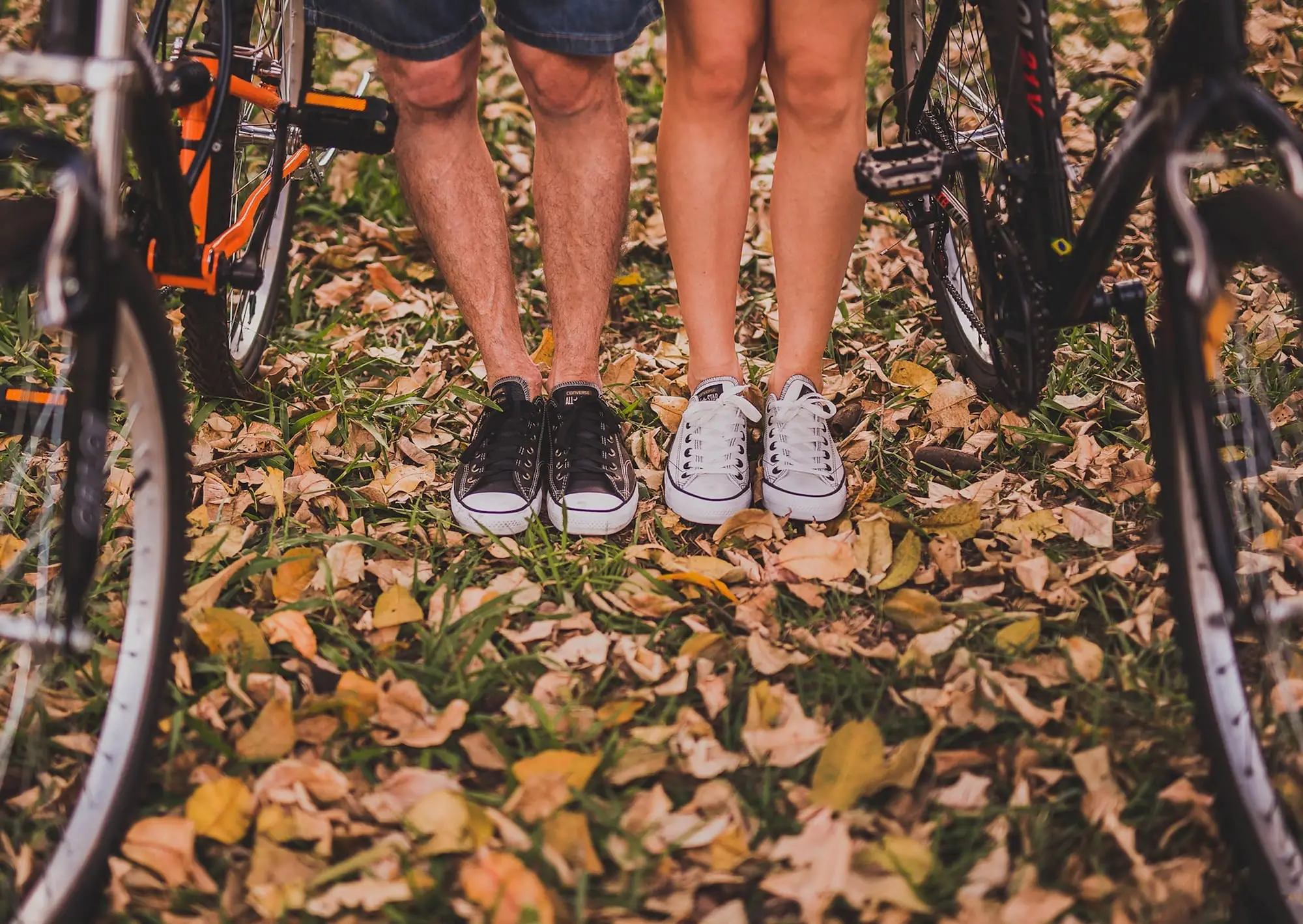A fusion of two exciting outdoor activities, bikepacking is now becoming a popular pursuit . The term comes from “biking” and “backpacking”, two words conveniently merged into one catchy pun. Bikepacking has been picking up popularity among traditional cyclists since the early 2010s and has gained many definitions over time. But the basic idea remains the same:
“A ride through an undiscovered or less populated path with light cargo.”
Bikepacking is often confused with bicycle touring. What is the difference?
The easiest way to distinguish one from the other is to identify the goal of the trip: are you going to explore a new and seemingly hard course, like a river crossing or washout? Or are you set on a popular, less challenging track?
Bikepackers carry less on a trip because they want to bike around daring areas, even deserts, that not many cyclists travel through. These trips usually last for a shorter time, contrary to bicycle tours that take place for months. Because of this, people who engage in bike touring bring more stuff, organized in what we call “panniers.”
In bikepacking, travel packs many surprises, but in a good way. As our generation continues to be more used to busy urban living, we turn to activities that give us freedom and solitude.
Who wouldn’t want a chance to be one with nature, exploring beautiful scenery and untouched flora and fauna, while exercising?
Bikepacking offers the adrenaline rush of cycling, as well as the freedom of backpacking. Despite being first introduced as a hardcore sport, people of all athletic levels now participate in it. Novices can start with less difficult routes such as forest-service roads and rails-to-trails corridors as a warm-up to the real thing.
If you think you are ready to try it out, we have the perfect strategy for you.
Know the Rules
Cyclists may go on bikepacking trips alone or with company. Either way, this requires everyone to be aware of their habits and surroundings. Bare in mind not to disturb the environment when traveling in rural areas.
It is unlikely that wild animals will attack if unprovoked, but it is also not recommended to approach them if it were not necessary. Be responsible with your belongings and garbage.
Although bikepacking is classified more as recreation than competitive sport, it still involves a lot of physical activity. Safety measures are a priority especially when you are carrying the weights of your body and gear on a rough terrain or highway.
There are different road safety rules for cyclists and these may vary from one region to another, so make sure to be informed. It also won’t hurt to bring your health insurance card along!
Of course, bikepacking with friends and family is never a bad idea for first-timers.
Find a Good Route
There are many great routes for bikepacking in the US and in Europe. The fertile lands of South America also have several passes and dirt tracks. Bikepacking is slowly taking over the world, so new routes have been popping up in Oceania, Asia, Africa and the Middle East. Before going on a bikepacking trip, choose a route appropriate for your level of experience and make sure to learn as much about it as possible.
Some trails have been around for a long time. Cyclists call these trails the “classics” because they have witnessed many tours and cycling competitions.
Great Divide Mountain Bike Route
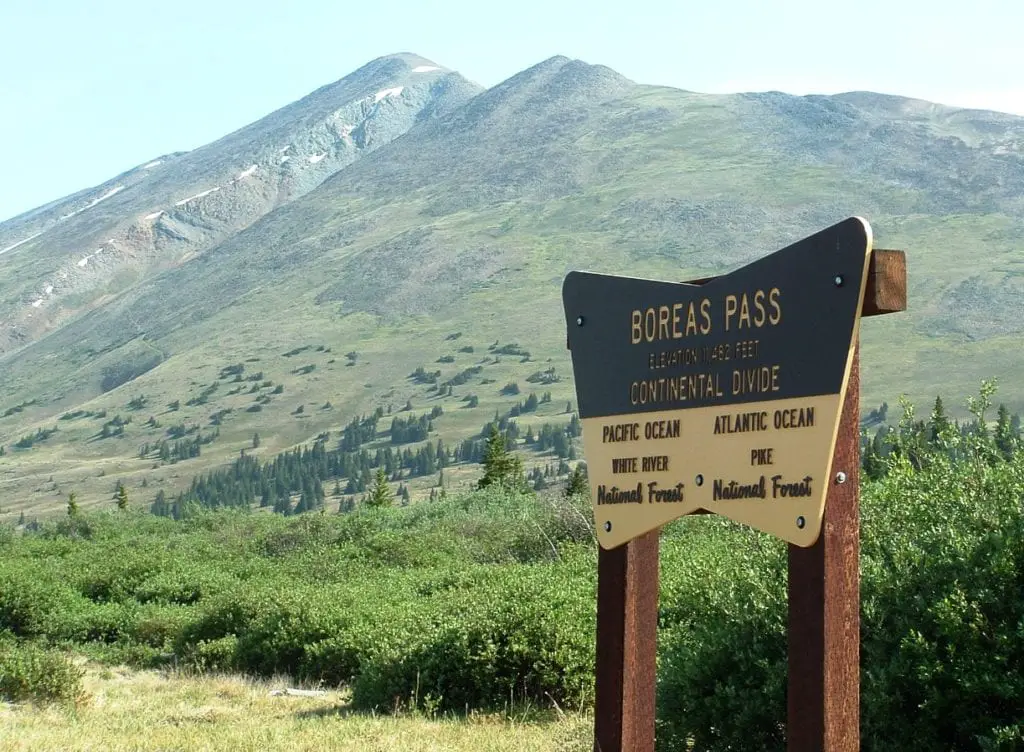
The Great Divide Mountain Bike Route (GDMBR) spans the Continental Divide for 2,696 mi (4,339 km). It is considered as the birthplace of bikepacking and is the most acknowledged off-pavement routes worldwide. With stunning landmarks like the Flathead Valley and Boreas Pass, the GDMBR can be traversed via well-maintained dirt roads and gravel roads.
Big Bend Ranch State Park
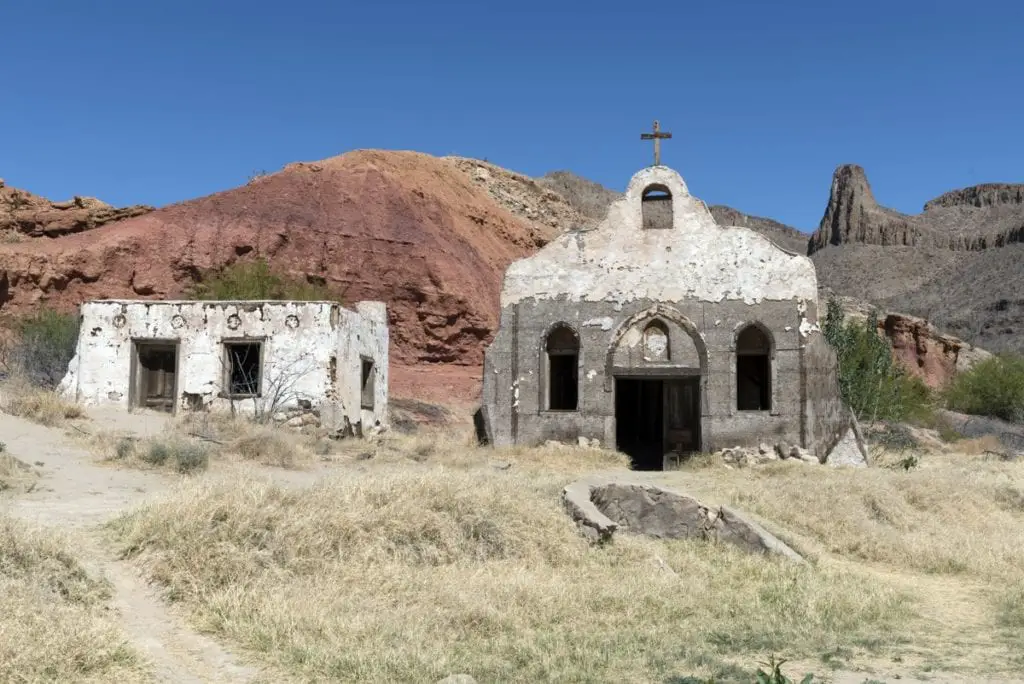
Another popular choice is from Texas, USA. The Big Bend Ranch State Park has lengthy single tracks and jeep trails. The route here loops around the park, where you will be served with a generous amount of striking landscapes that are characteristic of the southwest. Because of the expansive terrain, it has been nicknamed “The Other Side of Nowhere.”
Trans North Georgia
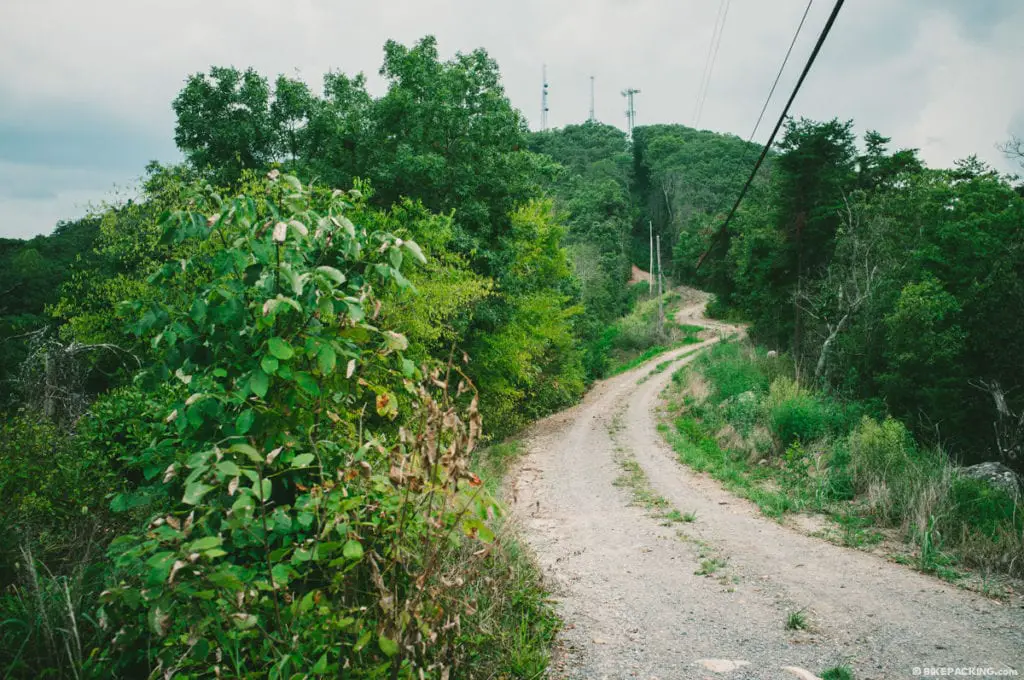
In the southeast region, the Trans North Georgia (TNGA) is a 357 mi (575 km)-long winding route from the South Carolina to Alabama. It is an uphill climb that tests cyclists’ endurance. The tracks are surrounded by hardwood forests, waterfalls, and rocky ridges.
Still, these tracks are only a small fraction of what is out there. Bikepacking.com provides a map of the routes accomplished by bikepackers all around.
Bring the Right Gear
Naturally, the first piece of equipment to consider is the bike. Depending on the track you choose to pursue, the bike frame should be able to take on the difficulty of the path or match the speed at which you want to travel. Mountain bikes are ideal for handling tough terrains. Adventure road bikes, cyclocross bikes, and gravel bikes are also good alternatives.
Bike accessories such as bike lights, GPS device (bike computer), bike pumps and dynamo-based charging system are basics as well.
You should also consider whether the frame has enough space for your gear and can carry that extra weight. As bikepacking trips often reach days to finish, cyclists bring essentials like water, a bit of food, and even bike tools for experienced riders. Panniers are trendy but only for touring, as the bulkiness tends to throw the bike off balance.
Instead, cyclists make use of frame bags, seatbags, and handlebar bags. These bags are lightweight, sturdy, and offer easy access to your belongings. If your trip lasts for days, don’t forget to pack a suitable tent and cookware. Many cyclists prefer wood burning stoves as they are the most practical and eco-friendly options. Some use canister stoves like the PocketRocket®.
Bikepacking is an activity that should both excite and loosen you up. It may seem too intense right now, especially if you are a light exerciser, but you are going to experience so much fulfilment once you actually experience it. Pay a visit to the woodlands and come back a changed person.


